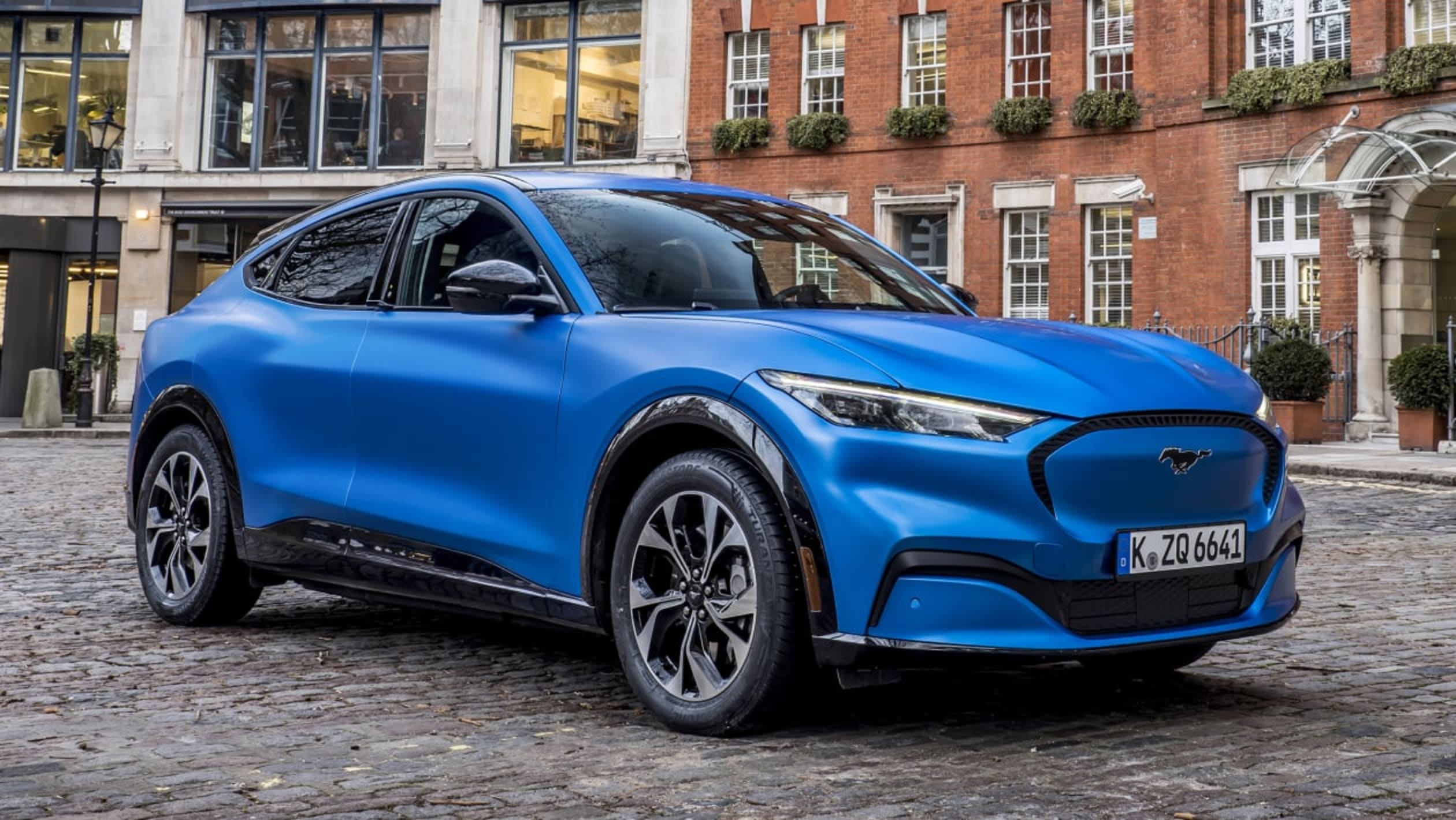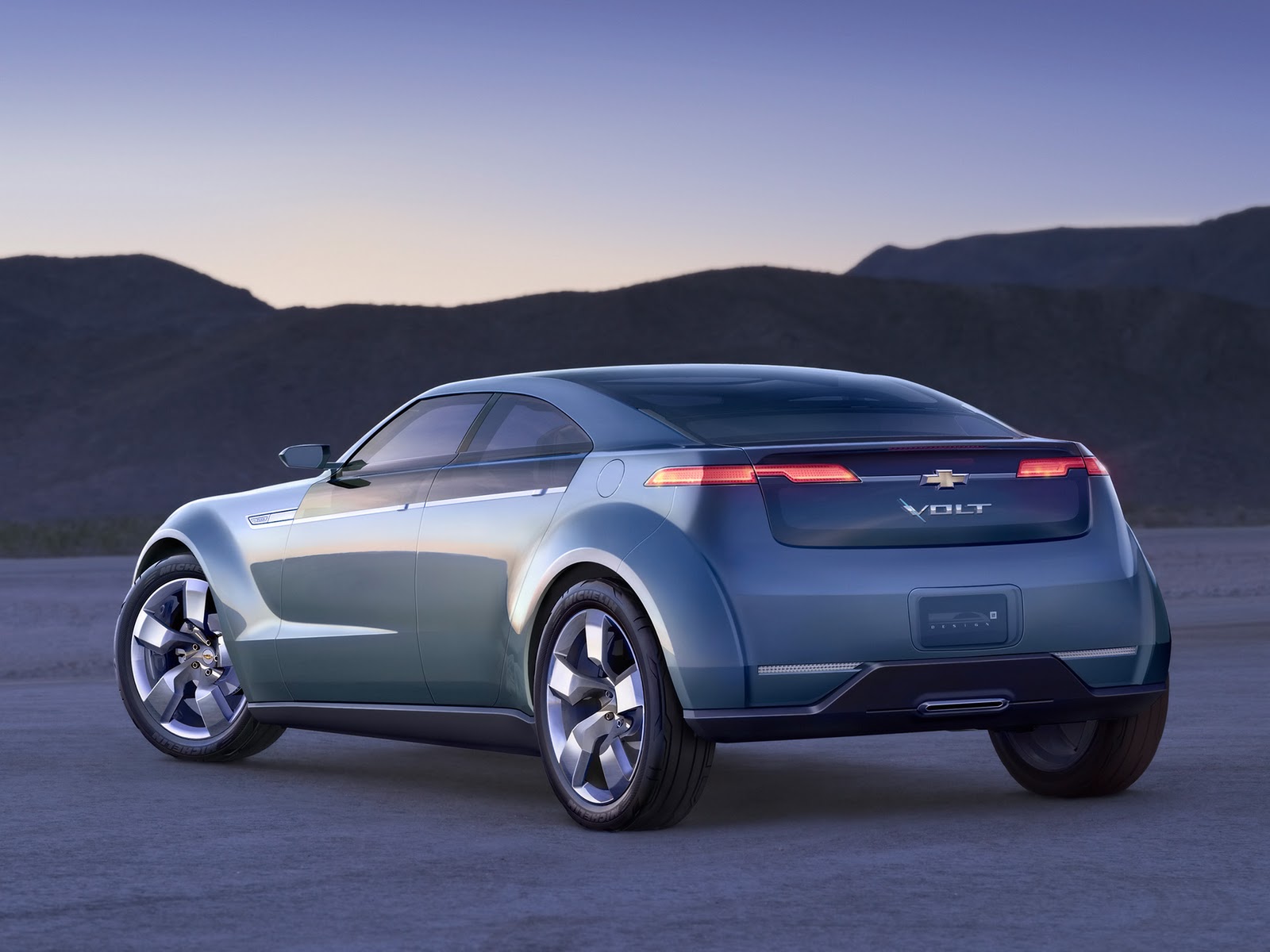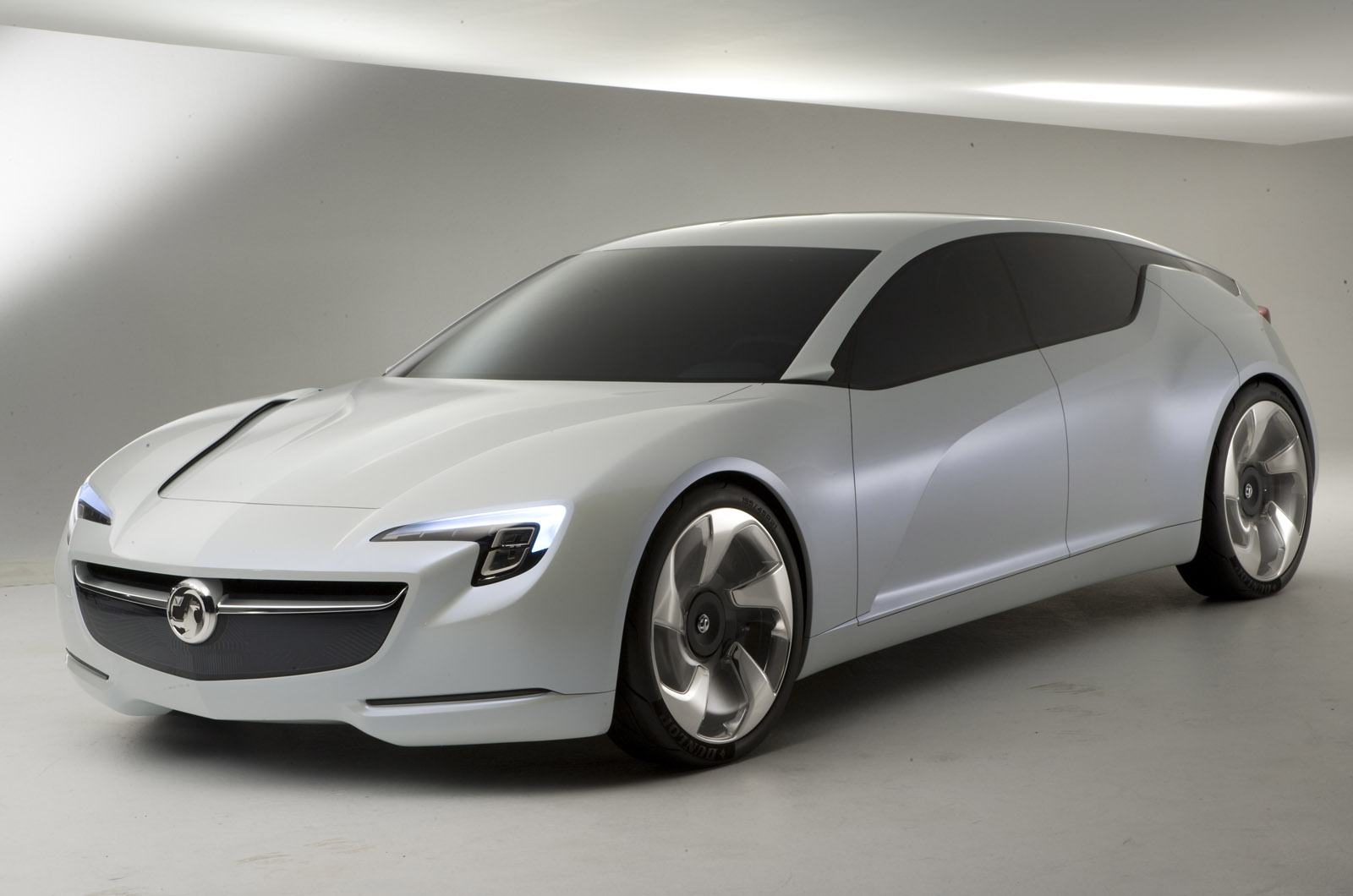
In some vehicle applications, especially those which have front engine and front-wheel drive, components packaging is critical due to lack of space. Parallel hybrid powertrain with double-clutch transmission Being able to use electricity effectively means the consumption of gasoline fuel decreases and contributes accordingly to better mileage. In this way, the proportion of running the motor increases, and it is possible to recover braking energy frequently. The hybrid car lithium-ion battery can discharge high currents in a short time. Through integrated control of this system and transmission using high-level control technology it achieves a drive that responds to a range of driving conditions. While being efficient and with little energy loss compared to a normal torque converter, the system also has intuitive and responsive acceleration. The two clutches transfer energy mechanically to the engine and motor. Using a one-motor system to drive the wheels and regenerate electricity allows for a reduction in the number of parts and a lighter weight. Nissan replaced an existing 7-speed automatic transmission’s torque converter with a motor and two clutches in a compact configuration.

Use of the engine or motor can be differentiated according to the circumstances by selecting “on” or “off” for Clutch 1, making for efficient driving. Clutch 1 is set up between the engine and motor, while Clutch 2 is installed between the motor and the CVT. The system employs Intelligent Dual Clutch Control, combining one motor and two clutches to implement a front-wheel drive hybrid system that is lightweight and compact. As the engine can be separated from the drive-train when necessary, the power source for both the engine and motor can be utilised optimally, meaning there is also no loss from engine friction when regenerating with the engine separated from the powertrain or during EV driving. Further, fuel consumption is enhanced by using the battery to power the car’s electronic components when the vehicle is parked. The hybrid system improves driving performance and fuel consumption by using the motor to regenerate power during deceleration and store it in the battery, as well as supporting the engine by using the battery to power the motor for low-speed EV driving and acceleration. The FF HEV system is using an internal combustion engine together with an electric machine and a continuously variable transmission (CVT) on the front axle.

One example is Nissan, with two variants: There are several OEMs which are using this hybrid powertrain architecture for their vehicle. (1)assuming the engine stop/start is performed with an additional electric starter The states of the clutches during each mode of the hybrid powertrain are summarised in the table below. From the implementation point of view, the second clutch is part of the transmission and not as a separate component. The second clutch, allows the electric machine to be disconnected from the drivetrain and let the vehicle coast during deceleration. Also, during deceleration phases, by disconnecting the engine, we can remove its braking effect and have higher efficiency for kinetic energy recuperation.

The first clutch, between engine and electric motor, allows the engine to be disconnected from the drivetrain and drive in pure EV mode. Image: Parallel hybrid powertrain with two clutches

For a rear-wheel drive (RWD) vehicle, a common hybrid powertrain architecture is using an electric machine between two clutches. In a parallel hybrid powertrain, both the internal combustion engine and electric motor can transmit torque to the driving wheel, in a sequence or in the same time. Parallel hybrid powertrain with two clutches In this article we are going to focus on the different types (architectures) of HEV powertrain, highlighting the working principle and the advantages/disadvantages compared with other types.


 0 kommentar(er)
0 kommentar(er)
